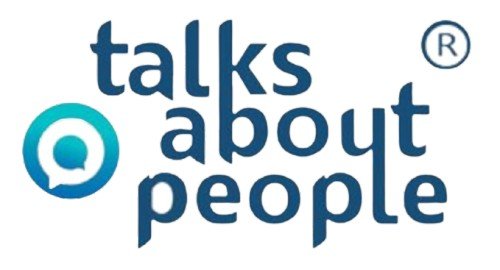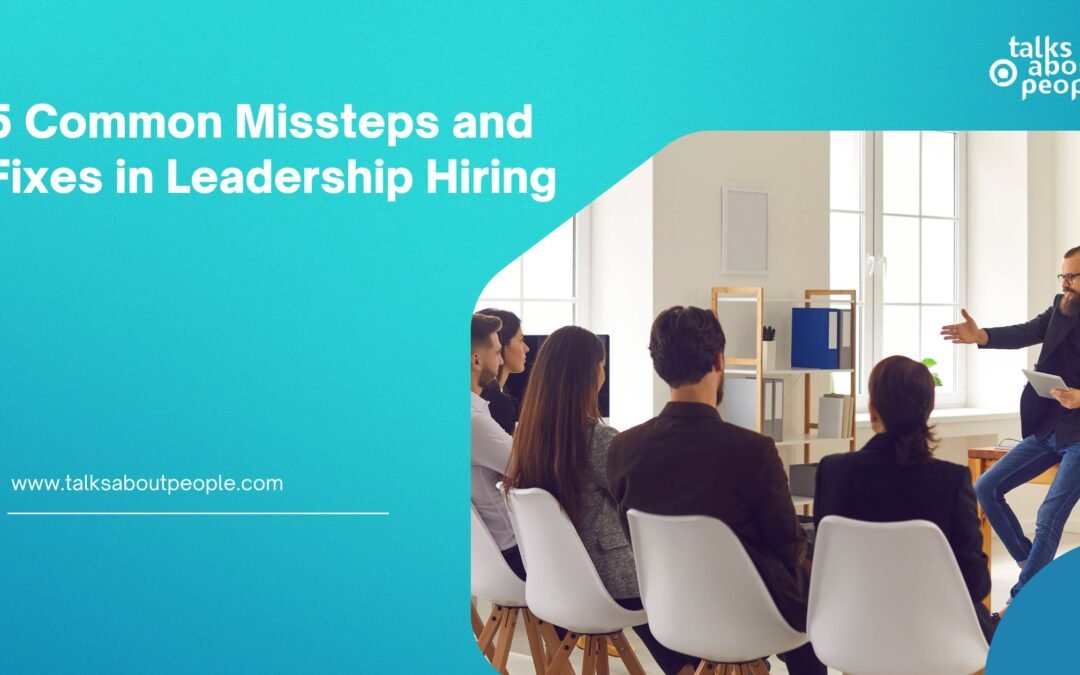Hiring a leader is one of the most pivotal choices any organization makes. The right one can propel growth, spark innovation, and elevate team performance. The wrong one, however, can derail momentum for years.
A study revealed that 62% of organizations admit to making hiring mistakes, with over half attributing it to inadequate tracking mechanisms. Despite access to better tools, data, and networks, many companies continue to miss the mark when it comes to leadership hiring.
Here are five of the most common missteps, and how to fix them.
1. Misunderstanding What “Failure” in Transition Means
When a new leader struggles within the first year, companies often attribute it to the person’s performance or adaptability. But more often than not, the failure lies in how the transition was handled, and not in the individual’s capability.
The Misstep:
Organizations expect new leaders to “hit the ground running” without providing the right context or integration framework. They’re onboarded to a title, not a mission.
The Fix:
Redefine success in leadership transitions. Instead of judging the leader’s performance in isolation, assess how well the organization supports them. Create a structured 90-day transition plan that helps them understand culture, people dynamics, and expectations. The best leadership hiring consultants also help design these transition journeys to ensure both alignment and long-term success.
2. Over-Prioritizing Credentials Over Fit
It’s tempting to hire leaders with impressive résumés, marquee brands, and Ivy League credentials. But those checkboxes don’t always translate to impact, especially in fast-evolving, complex environments.
The Misstep:
Organizations mistake past achievements for future potential. A leader who succeeded in a multinational setup may not thrive in a fast-scaling startup, and vice versa.
The Fix:
Prioritize contextual relevance over credentials. Ask: Can this leader operate effectively in our environment, with our challenges and culture?
During interviews, go beyond surface-level achievements and explore how they make decisions, handle ambiguity, and build teams. Experienced leadership hiring consultants often use behavioral and cultural mapping tools to assess compatibility beyond skill sets.
3. Rushing the Hiring Process Without Adequate Vetting
The pressure to fill a critical role, especially after an unexpected exit, can lead to hasty decisions. Leadership hiring done in a hurry is like assembling a jet engine mid-flight: the urgency can compromise the outcome.
The Misstep:
Companies skip due diligence on references, cultural alignment, or long-term vision fit. The result? Mismatched expectations that unravel within months.
The Fix:
Take a phased approach. Start by clearly defining success for the role, not just KPIs, but what impact looks like in 6, 12, and 24 months. Use structured evaluation frameworks to balance speed with rigor.
Partnering with seasoned leadership hiring consultants can help, as they bring market insight, network depth, and a vetting process that goes beyond resumes to ensure the right match is fast, and not rushed.
4. Neglecting Culture and Organizational Politics
Even the most competent leaders fail when they can’t navigate an organization’s unwritten rules, such as its politics, legacy systems, and informal power structures.
The Misstep:
Hiring purely for operational or technical expertise while overlooking how the candidate will fit into (and influence) the existing culture. It’s not just who you hire, but where and how they’ll operate.
The Fix:
Make culture and team dynamics an explicit part of the assessment. Introduce candidates to key stakeholders early to gauge chemistry and alignment. Encourage transparent conversations about working styles, decision-making, and leadership philosophies.
Remember, culture fit means shared values and complementary strengths. The best leadership hiring consultants know how to decode cultural DNA and find leaders who can both integrate and elevate it.
5. Underestimating the Cost of Poor Leadership Hiring
A poor leadership hire doesn’t just cost the company a replacement salary. It impacts morale, business continuity, customer trust, and investor confidence. According to industry research, the financial and operational cost of a failed senior hire can be up to 10–15 times their annual compensation.
The Misstep:
Organizations underestimate the ripple effects of a bad hire, treating it as a one-time mistake instead of a systemic issue.
The Fix:
Invest in prevention, not just correction. Build a leadership pipeline that’s proactive, not reactive. Use data-driven assessments, stakeholder alignment sessions, and continuous feedback loops post-hiring.
Engage leadership hiring consultants who understand both the human and business side of hiring—those who act as long-term partners in shaping your leadership ecosystem rather than one-time recruiters.
Final Thoughts
Leadership hiring isn’t about finding the loudest voice in the room or the biggest name in the industry. It’s about finding someone who can connect purpose with performance, someone who aligns with where your business is and where it needs to go.
The companies that get leadership right do one thing differently: they approach it as a strategic partnership, not a transactional process. They understand that great leadership is built on fit, clarity, and shared vision.
Partner with Talks About People
At TalksAboutPeople, we help organizations identify, attract, and empower leaders who build lasting impact.
Our approach to leadership hiring goes beyond resumes, we align vision, capability, and culture to create leadership teams built for tomorrow.
Whether you’re scaling, transforming, or diversifying, our team of expert leadership hiring consultants ensures every leader you hire becomes a catalyst for growth.
Build your next leadership story with TalksAboutPeople.
Visit talksaboutpeople.com to learn more.

